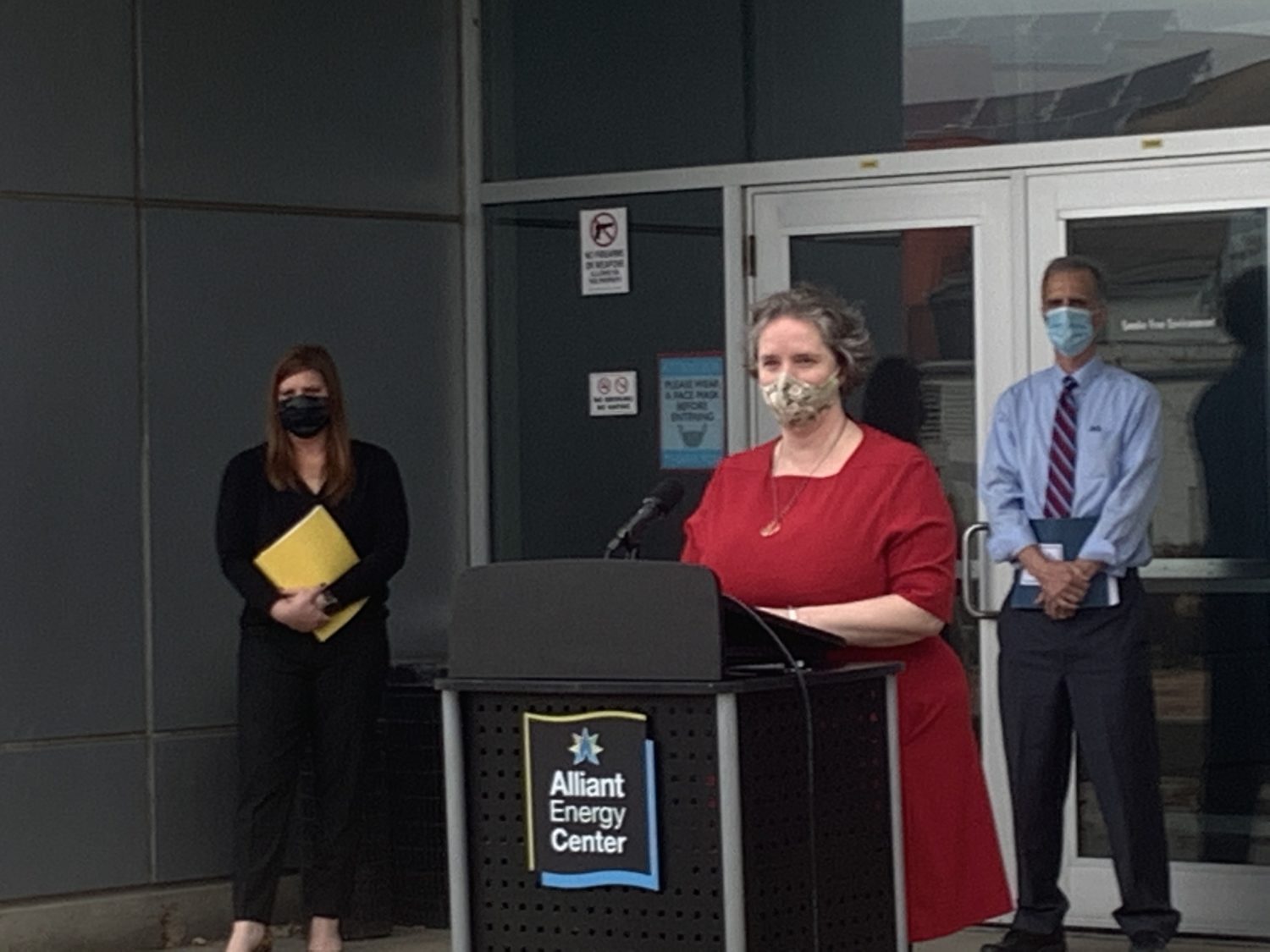Earlier this month, Public Health Madison & Dane County issued a new emergency order significantly loosening COVID restrictions, pointing to a decrease in cases and hospitalizations, as well as significant progress in vaccination efforts.
Emergency Order #14 went into effect on Wednesday, replacing Emergency Order #13 from last month. One of the biggest changes between the orders is the relaxing of restrictions on gatherings. The number of people allowed at indoor gatherings where food or drink is offered rose from 25 to 150, and the number of people allowed at indoor gatherings with no food or drink offered jumped from 50 to 350, with all restrictions not including employees.
The number of people allowed at outdoor gatherings increased by nearly 500 percent. Emergency Order #13 allowed 100 individuals at outdoor gatherings with food or drink provided, and 150 individuals for outdoor gatherings without food or drink. Emergency Order #14, on the other hand, allows up to 500 individuals at outdoor gatherings, with no additional restrictions dependent on whether food or drink will be provided.
Furthermore, the new emergency order relaxes restrictions on capacity limits for indoor dining. Restaurants and stores that sell food or groceries are now allowed an indoor dining capacity of 50 percent, compared to 25 percent previously. “Taverns,” which are defined as establishments whose alcohol sales make up 51 percent or more of their gross receipts, are now allowed an indoor dining capacity of 25 percent, whereas before indoor seating was not allowed. In Emergency Order #13, customers could only enter taverns for the purposes of ordering, pick-up and payment.
According to a recent blog post, PHMDC says these changes are occurring because the number of cases has been steadily decreasing since mid-January, and case counts are reaching similar levels to last July and August. Furthermore, positivity rates have been less than 1 percent, suggesting that the county is likely not missing positive cases, and Emergency Order #14 indicates that ICU levels are approaching record-lows.
Another reason behind the relaxing of COVID restrictions is the progress made in Dane County’s vaccination efforts. According to the PHMDC dashboard, 14.8 percent of Dane County is fully vaccinated already, and 25.1 percent is partially vaccinated. More specifically, 82.3 percent of Dane County residents aged 65 and older are partially vaccinated, and PHMDC points out that health care workers were among the first group of people eligible for vaccines.
“When thinking of important outcomes we want to achieve—protecting hospitals and preventing hospitalizations and deaths—we’ve already done a lot of work to achieve those outcomes through vaccines,” PHMDC said in their blog post.
Despite vaccination progress, two more contagious variants of coronavirus have been found in Wisconsin since February. On February 19, a person with no travel history outside of Dane County was found to have the coronavirus variant B.1.1.7, a variant originating in the U.K. which researchers believe spreads more easily and could be more deadly. On March 5, the Department of Health Services confirmed a second coronavirus variant in Wisconsin, B.1.351, also known as the South Africa variant. Studies show that the South Africa variant spreads more easily as well, and some research suggests it may impact how antibodies respond to the virus. In addressing new COVID-19 variants, PHMDC said they are monitoring the possible impacts of the variants closely, and there is no evidence that variants are increasing transmission.
Dane County reached its highest level of case activity in November 2020, when Public Health banned all indoor gatherings. When asked about the possibility of tightening restrictions again, PHMDC Health Education Coordinator Christy Vogt said while new restrictions could occur, the goal is for the county to continue reopening.
“Broadly, we know as the pandemic gets better, we can loosen restrictions, and if it gets worse, we may need to tighten restrictions,” Vogt said in an email. “Unless we see signs of the pandemic getting worse, such as new variants causing more disease or a lack of vaccine supply causing a lag in immunity, we are cautiously hopeful that from here on out restrictions will gradually be getting less strict.”





